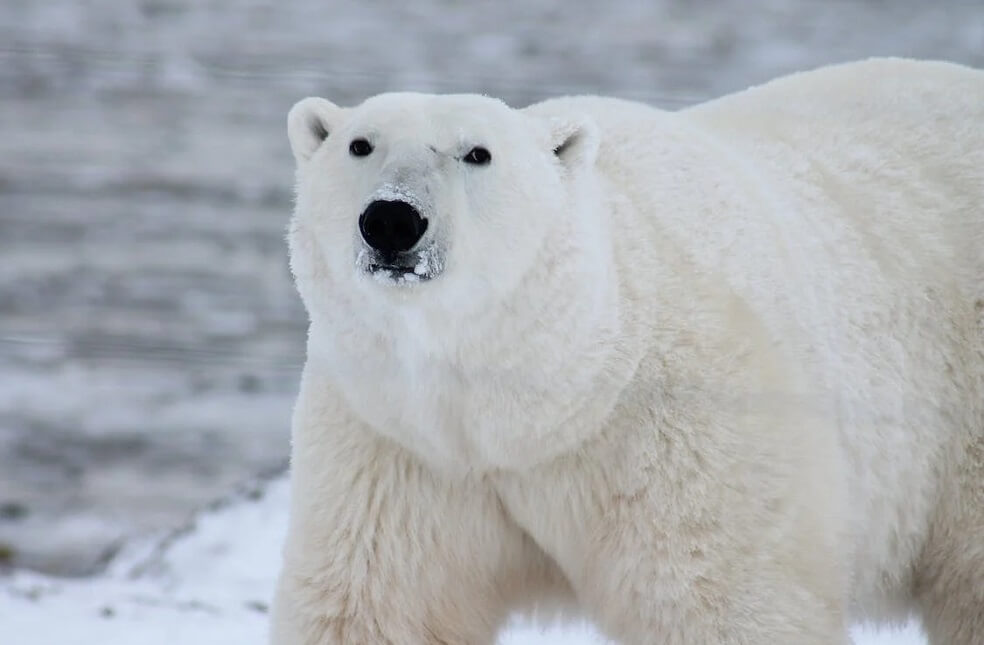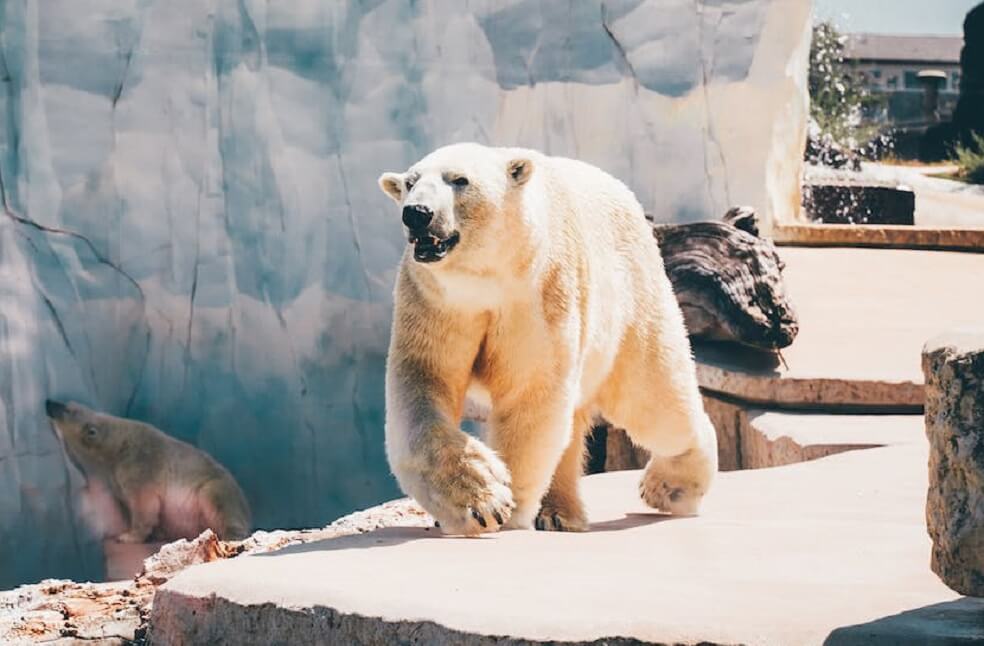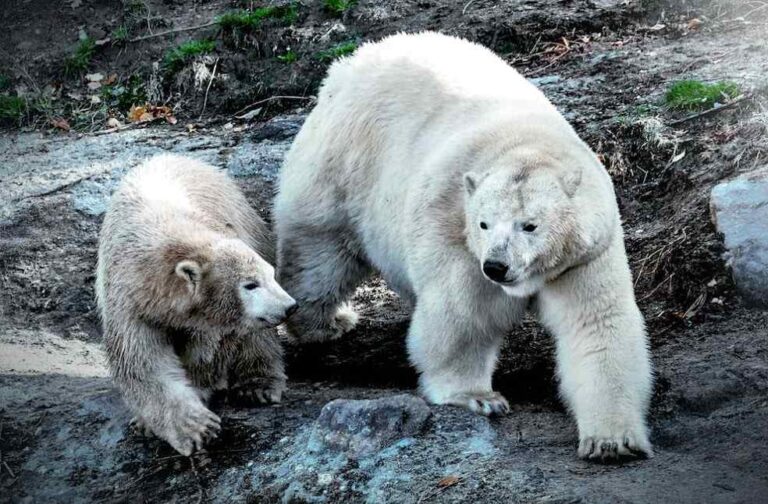Canada: According to Canadian government reports, the polar bear population in the country’s western Hudson Bay has fallen by 27 percent in just five years.
The report estimates that 618 animals lived in the area in 2021, which is down from 842 in 2016. The new estimate is roughly a 50 percent drop from the 1980s.
“The observed declines are consistent with long-standing predictions regarding the demographic effects of climate change on polar bears,” the Canadian government report stated.

Mr. John Whiteman, chief research scientist at conservation nonprofit Polar Bears International, expressed that the report is really “shocking” and added that “what’s really sobering is that these kinds of declines are the kind that, unless sea ice loss is halted, are predicted to eventually cause extinction.”
“And while it’s possible some bears may have moved, the number of adult male bears has remained more or less the same. What’s driven the decline is a reduced number of juvenile bears and adult females,” Mr. Stephen Atkinson, an independent wildlife biologist who led the research on behalf of the government, observed.
Mr. Andrew Derocher, who leads the Polar Bear Science Lab at the University of Alberta shared that “we are looking at a slowly aging population, and when you do get bad ice years, older bears are much more vulnerable to increased mortality.”

Climate change is widely analyzed as the reason for the decline in which the adult female bears and cubs are particularly affected.
However, the government document also cautioned against making a direct link between the decline and the loss of sea ice, pointing out the fact that four of the past five years have seen good ice conditions.



